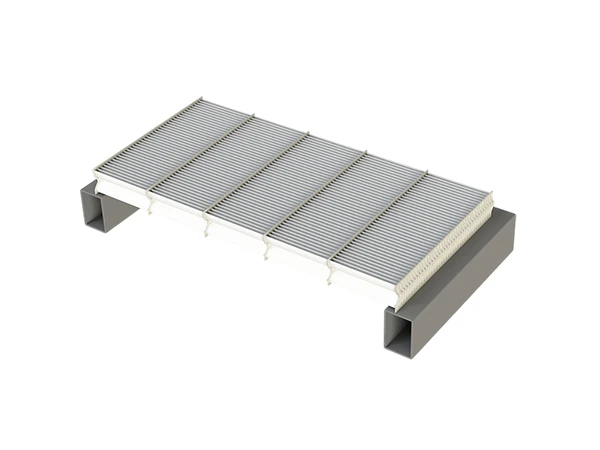
Simple structure, easy cleaning; widely adopted vane design.
The vane mist eliminator is a mist elimination device consisting of multiple parallel plates with defined spacing and geometric shapes. It separates liquid droplets carried in the gas by changing the gas flow direction and reducing its velocity, causing droplets to collide and coalesce. This prevents corrosion of downstream equipment, improves product purity, and reduces environmental pollution.
It is commonly used in flue gas desulfurization systems (e.g. wet desulfurization), chemical columns, and gas-liquid separation units.


Simple structure, easy cleaning; widely adopted vane design.

Higher mist elimination efficiency & higher critical velocity for secondary entrainment resistance due to hook design.

Largely replaced by streamlined double channel designs in many applications.

High mist elimination efficiency, typically used in low-fouling applications.

| Material | PP, stainless steel, FRP, polysulfone, etc. |
| Dimensions | Customizable |
| Vane spacing | 20–50 mm, customizable |
| Outlet droplet content | ≤ 75 mg/Nm3 |
| Ultimate separation particle size | 26 μm |